Learning How to Read a Crochet Chart
Last Updated on March 15, 2018 by lydiaf1963
My dual quest to improve my yarn skillz and reduce my yarn stash continues with today’s post. The challenge? Learn how to read a crochet chart and make use of some colorful cotton blend yarns.
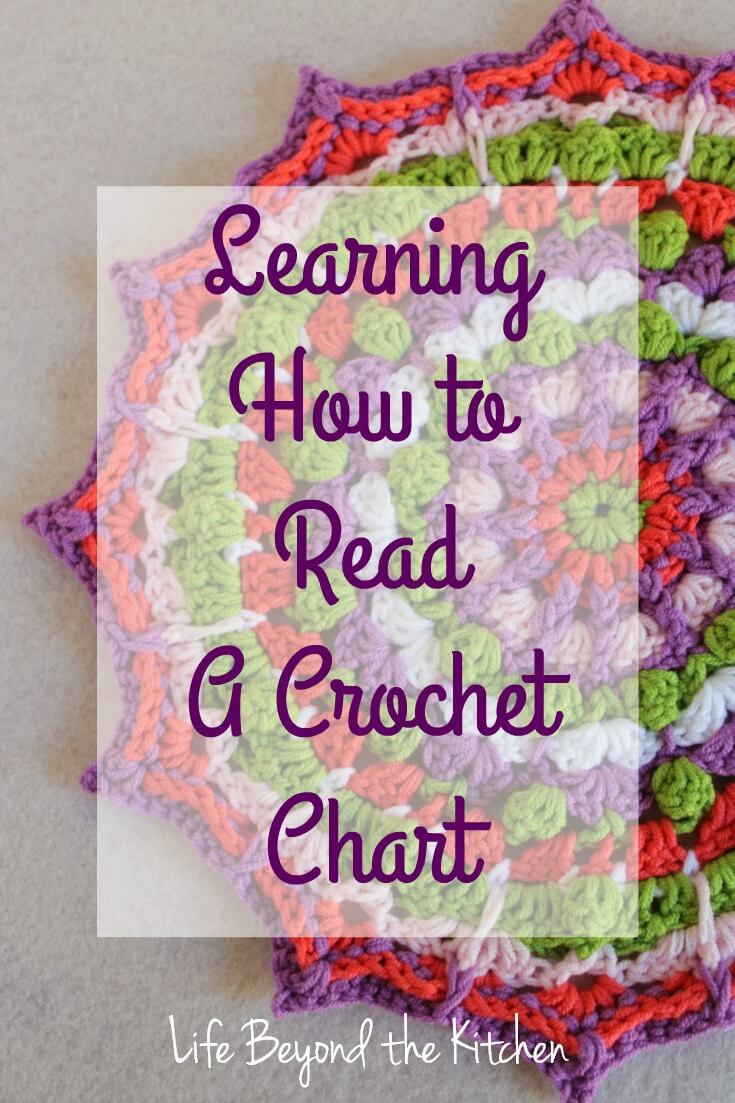
I learned to crochet long before I ever took up knitting. Back in the day my Nana taught me how to do it. I crochet left handed so she had me sit in front of her and mirror her movements until I was making granny squares like crazy. I’ve also made several afghans for my family and as gifts but nothing overly complicated. I’ve decided to revisit the craft after being drawn to many examples of modern crochet, especially the colorful mandalas that have been filling my Pinterest and Instagram feeds.
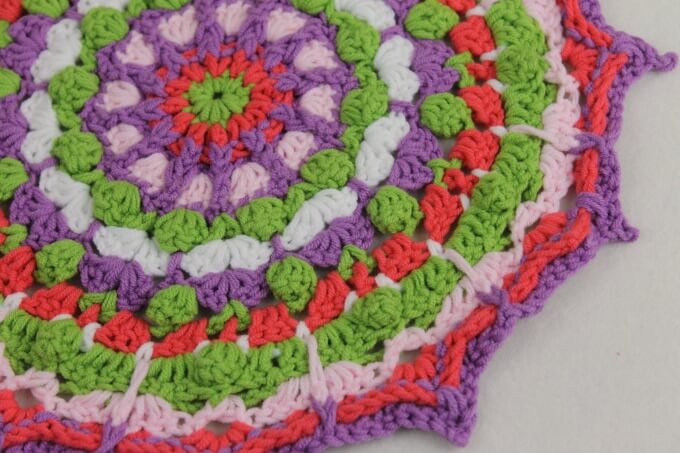
BUT THE PATTERNS! Fuhgettaboudit! They can be even more wordy than knitting patterns and the terms for the same stitch may vary from country to country. Here’s an example from the popular Sophie’s Universe which I’d love to tackle someday:
*Hdc in the first dc. (Ch 1, dc in the next dc, ch 1, dc in the next ch-1 space) twice. Ch 1 and dc in the next dc. Ch 1 and hdc in the last dc. Fpsc in the next fpsc* Repeat from * to * 5 more times, omitting the last fpsc on the last repeat. Join to the first fpsc with a sl st. Fasten off and change colours.
I can follow it, but it’s easy to lose my place. That’s where a chart comes in. Charts are a visual representation of the instructions but they might as well be hieroglyphics until you learn to how to read them.
Fortunately, I found this tutorial on Nanna Maggie’s craft blog to learn how to read a crochet chart. (The link will open a PDF file. The blog itself is no longer being updated.) After you crochet your way through the tutorial you’ll end up with a colorful mandala and a good understanding of how crochet charts work. Being a lefty, I had some confusion as to whether I should work counter clockwise (like a right handed crocheter would do) or clockwise. In the end I decided for this pattern it didn’t matter as long as I was consistent. This video from The Crochet Crowd also discusses charts and offers some other tips for reading them.
At first, a chart can be just as obscure as the written instructions but it has some distinct advantages. For example, the symbols are pretty much standardized so you don’t have to remember that a double crochet in America equals a treble crochet in other places. A proper chart will have a legend so you can interpret the symbols and once you get used to the symbology it’s a matter of translating the visual representation of the pattern to the work in your hands. I’ve found the same to be true for knitting charts.
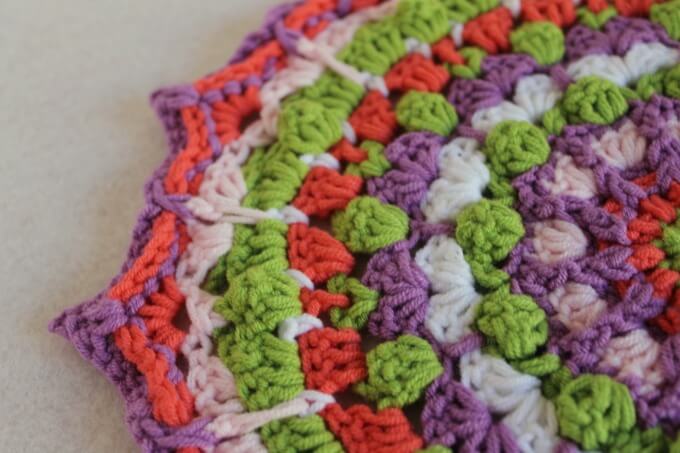
Many heirloom and classic crochet motifs are only available in charts while modern patterns may be written, charted or both. Without dedicated software making a chart can be complicated so many pattern designers don’t do it and who can blame them?
I had a blast working my way through the tutorial. Once in a while I had to visit YouTube for a refresher of how to make a stitch. I am grateful to the many people on YouTube who, like my Nana, Maggie and other craft bloggers, took the time to pass on their knowledge by demonstrating the techniques of a craft .
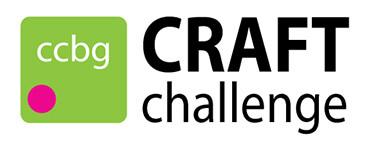
This post is part of a monthly challenge sponsored by the Creative Craft Bloggers Group. This month the challenge was to work from a kit or to work from our crafting stash. I followed an online tutorial and used yarn from my collection. Next month (April 2018) the challenge is to use paint. If you’re a blogger and you’d like to join us drop me a line and I’ll help get you set up in the group.
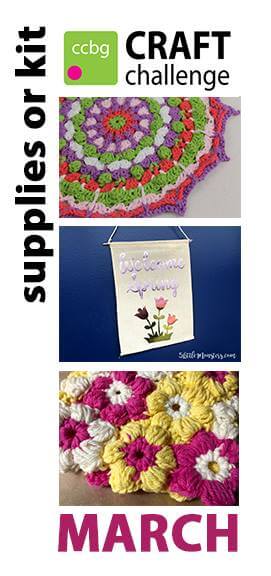
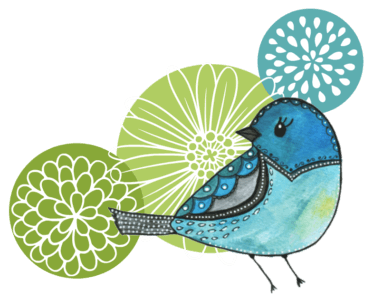
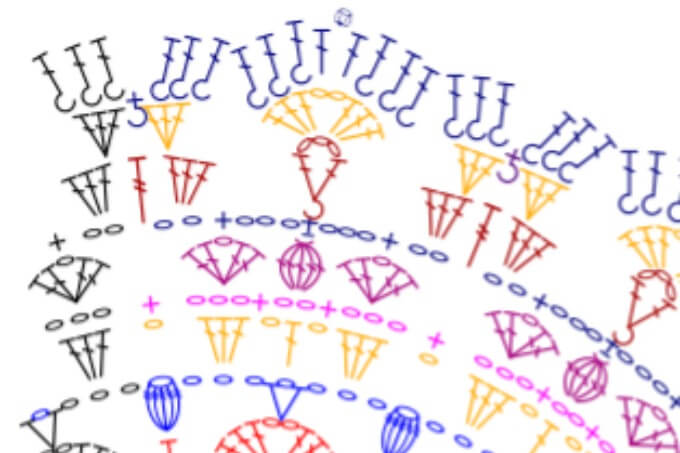
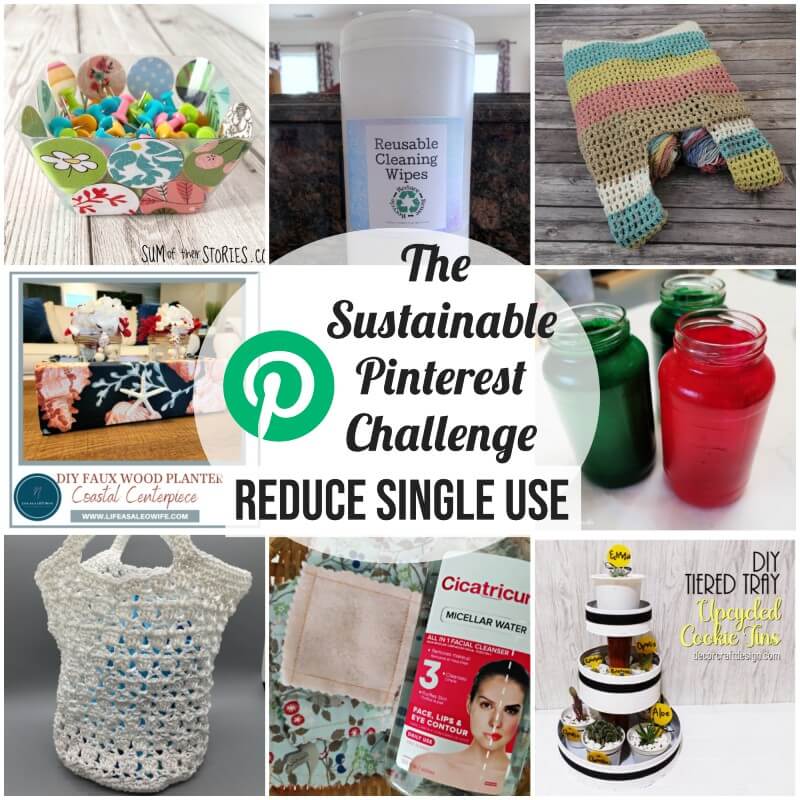
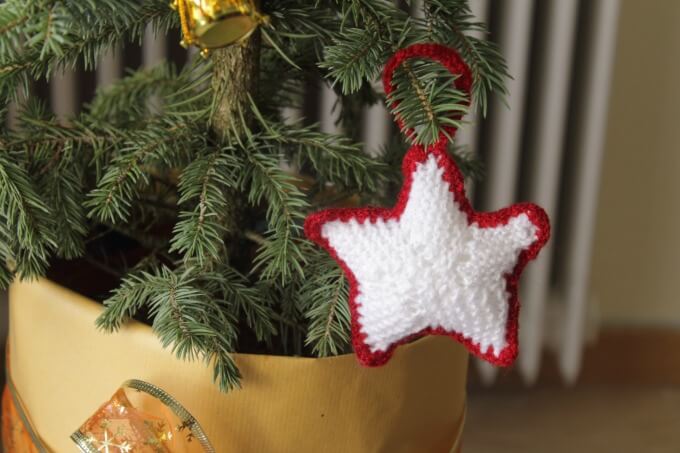
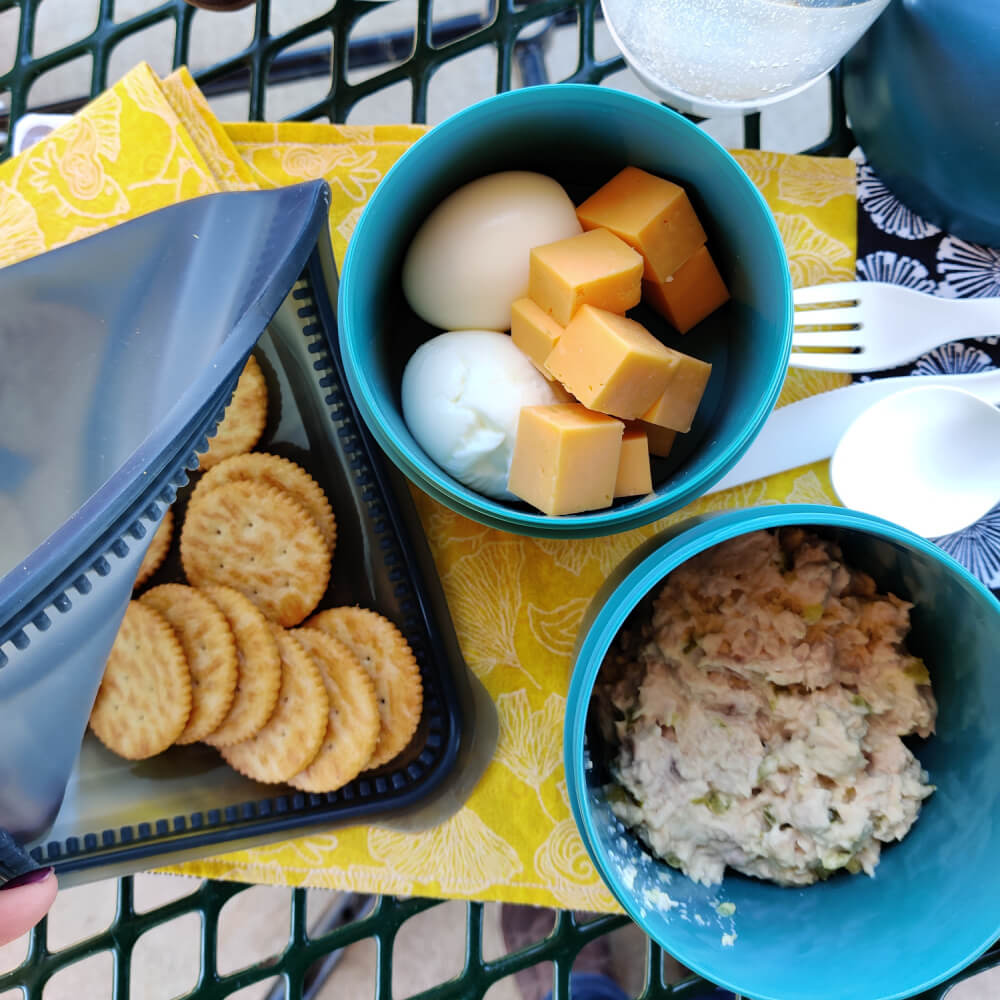
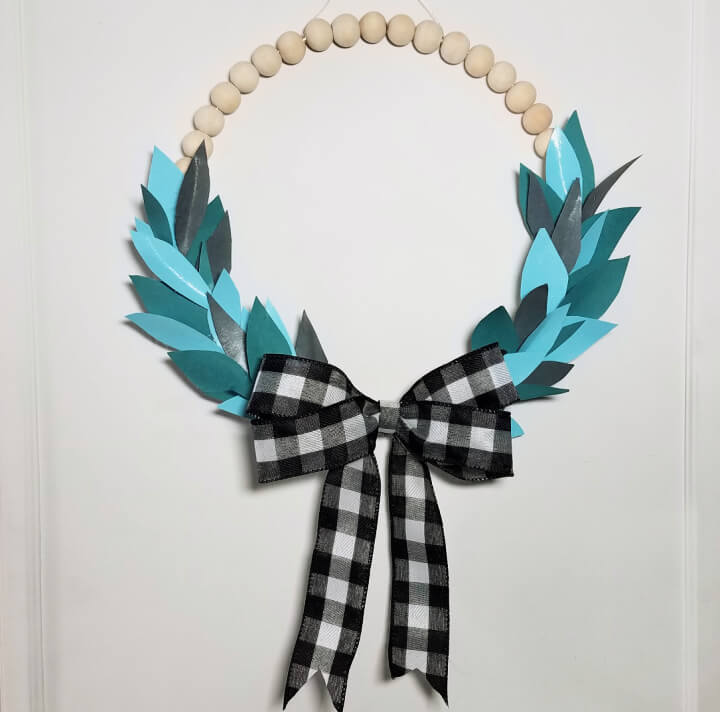

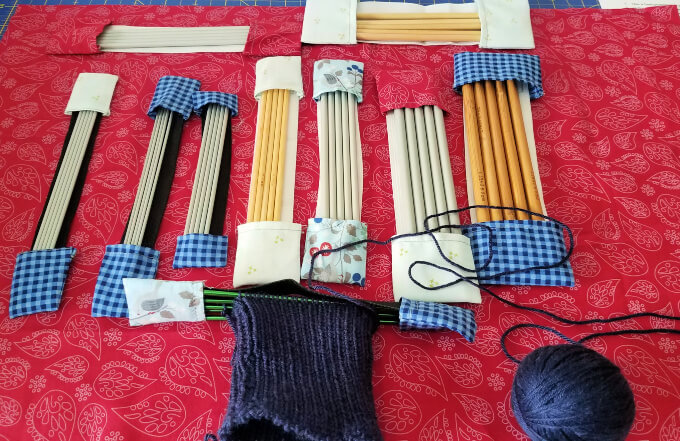
Thanks! I didn’t know such charts existed, what a great way to decipher the crazy stitch code in instructions!
It’s a great skill to add to your yarn set.